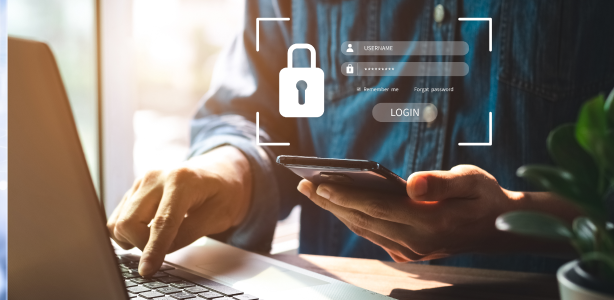Posted on April 15, 2024
Taking Control of Your Digital Identity: How to Delete Your Information Online

In today's digital age, our online presence plays a significant role in shaping our identity. From social media profiles to online shopping accounts, the internet is full of personal information that can be accessed by others. Taking control of your digital identity is crucial to protect your privacy and security. Deleting your information online is a proactive step towards managing your digital footprint and safeguarding your personal data.
Why Delete Your Information Online?
There are several reasons why you may want to delete your information online:
- Protect your privacy and personal data
- Prevent identity theft and fraud
- Reduce online tracking and targeted advertising
- Improve your online security
- Manage your digital footprint
Steps to Delete Your Information Online
1. Review Your Online Presence
Before you start deleting your information online, it's important to take an inventory of where your personal data is stored. This includes social media accounts, online shopping profiles, email accounts, and any other online platforms where you have shared personal information.
2. Delete Unused Accounts
Unused accounts are a potential security risk as they may contain outdated personal information. Identify accounts that you no longer use and delete them to reduce your online exposure.
3. Adjust Privacy Settings
Review the privacy settings on your active accounts and adjust them to limit the amount of personal information that is publicly available. Restrict who can view your profile, control what information is shared with third parties, and disable tracking features whenever possible.
4. Contact Data Brokers
Data brokers collect and sell personal information to third parties. Contact reputable data brokers and request to opt out of their databases to prevent your information from being shared without your consent.
5. Remove Personal Information from Websites
If your personal information is listed on websites or directories without your permission, reach out to the website administrators and request the removal of your data. This may include your name, address, phone number, or any other sensitive information.
6. Use Online Removal Tools
There are online tools and services available that can help you identify where your personal information is exposed and assist you in removing it from the internet. Consider using reputable removal tools to streamline the process of deleting your information online.
7. Monitor Your Online Presence
After you have taken steps to delete your information online, it's important to regularly monitor your online presence for any new exposures. Set up Google Alerts for your name and regularly check your online accounts for any suspicious activity.
Additional Tips for Managing Your Digital Identity
- Use strong, unique passwords for each online account
- Enable two-factor authentication for added security
- Avoid sharing sensitive information on public forums or social media
- Regularly update your privacy settings on social media platforms
- Be cautious of phishing scams and suspicious emails
- Consider using a virtual private network (VPN) to protect your online activity
- Educate yourself on best practices for online security and privacy
Conclusion
Deleting your information online is a proactive step towards taking control of your digital identity and protecting your privacy. By following the steps outlined in this article and implementing additional tips for managing your digital presence, you can reduce your online exposure and safeguard your personal data from potential threats. Stay vigilant, stay informed, and stay in control of your digital identity.
